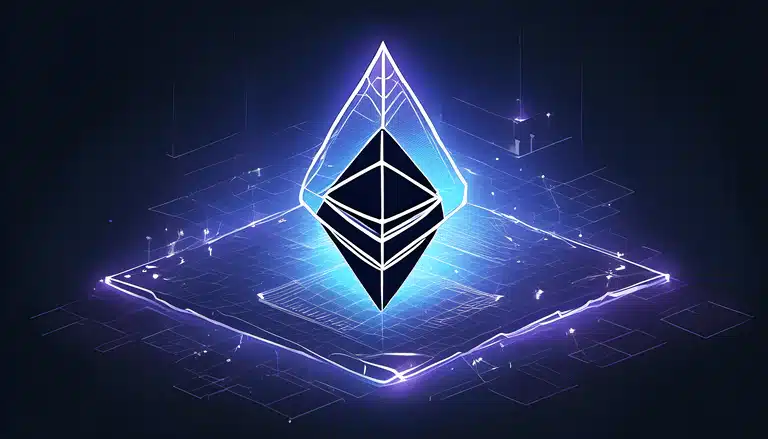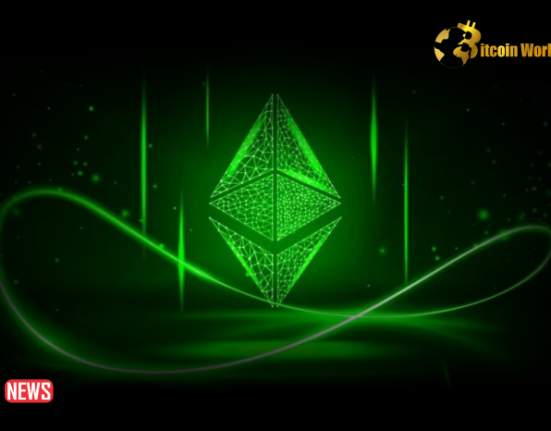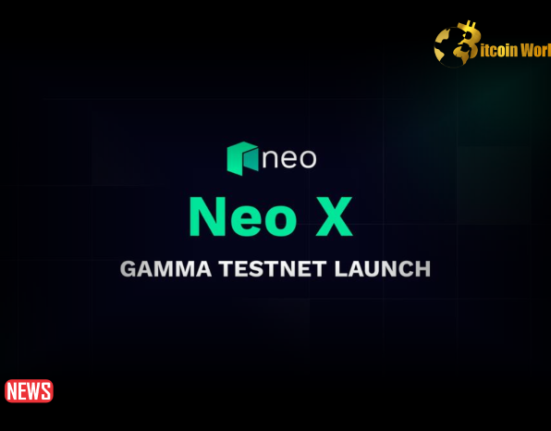In the realm of blockchain technology, Neo and Ethereum stand out as two frontrunners, each with their unique strengths and potential to shape the future of decentralized applications (DApps). While both platforms share the common aim of empowering developers to create innovative and transformative solutions, they approach this goal from distinct perspectives, offering distinct advantages and drawbacks for potential users.
NEO: A SMART ECONOMY PLATFORM
Neo, launched in 2014, envisions itself as the foundation for a decentralized economy, a vision reflected in its governance model, Neo’s dBFT (Delegated Byzantine Fault Tolerance) consensus mechanism. dBFT, in contrast to the energy-intensive Proof-of-Work (PoW) employed by Ethereum, ensures faster transaction processing and greater scalability.
Neo’s smart economy architecture enables a diverse range of applications, including DeFi (Decentralized Finance), NFTs (Non-Fungible Tokens), and digital identities. This versatility positions Neo as a compelling choice for developers seeking a versatile platform to build cutting-edge applications.
ETHEREUM: THE DECENTRALIZED APPLICATION HUB
Ethereum, introduced in 2015, has emerged as the most popular platform for decentralized applications. Its vast developer community has created a plethora of DApps across various domains, from finance to gaming. Ethereum’s robust ecosystem and established user base make it an attractive option for developers seeking a mature and well-supported environment.
Ethereum’s PoW consensus mechanism, while less energy-efficient than dBFT, has fostered a vibrant community of miners, contributing to Ethereum’s decentralized nature. This decentralization ensures that the platform remains resistant to censorship and manipulation.
COMPARING THE TWO PLATFORMS
Consensus Mechanisms: Neo’s dBFT offers faster transaction processing and greater scalability, while Ethereum’s PoW is more decentralized.
Scalability: Neo and Ethereum are both scalable, but Neo’s dBFT consensus mechanism provides a slight edge in handling large transaction volumes.
Decentralization: Ethereum is more decentralized due to its PoW consensus mechanism and robust community of miners.
Smart Economy: Neo is specifically designed for a decentralized economy, offering support for DApps, NFTs, and digital identities.
DeFi Support: Both Neo and Ethereum offer strong DeFi support, with a growing number of DeFi applications available.
NFT Support: Both Neo and Ethereum offer support for NFTs, allowing developers to create and integrate these unique tokens into their applications.
Gaming Support: Both Neo and Ethereum have potential for gaming applications, with Neo’s NeoVM (Neo Virtual Machine) offering enhanced gaming capabilities.
Adoption: Ethereum has a larger user base and developer community compared to Neo.
CHOOSING THE RIGHT PLATFORM
The choice between Neo and Ethereum depends on specific priorities and requirements. For developers seeking a balance of scalability, efficiency, and a growing ecosystem, Neo offers a compelling option. For developers prioritizing decentralization and a mature user base, Ethereum remains a strong choice.
ADDITIONAL CONSIDERATIONS:
Budget: Neo is generally more affordable than Ethereum, making it a more cost-effective choice for some projects.
Technical Expertise: Neo is generally easier to use for developers with less experience, while Ethereum requires a higher level of technical expertise.
Location: Neo is more popular in China than Ethereum, making it a better choice for Chinesespeaking developers and users.
CONCLUSION
Neo and Ethereum represent distinct approaches to blockchain technology, each with its own strengths and potential to revolutionize the way we interact with digital applications. While Ethereum holds the advantage of a larger user base and developer community, Neo offers a balance of scalability, efficiency, and a focus on building a decentralized economy. Ultimately, the choice between the two platforms depends on individual needs and priorities.














